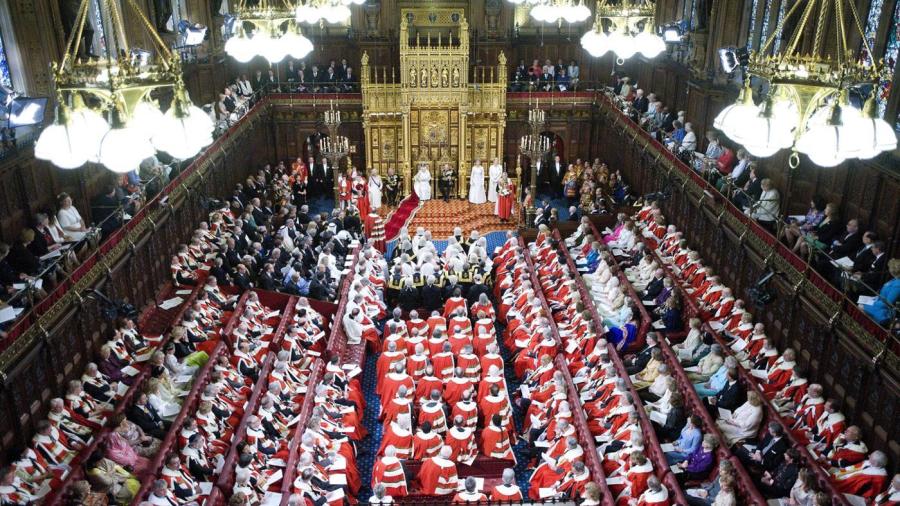What Is a Parliamentary Form of Government?

In a parliamentary form of government, members of parliament are elected through a popular vote. The government is formed by the majority party or coalition led by a Prime Minister selected by the majority party.
Parliament In parliamentary types of government, members of parliament are elected through national elections. The party or coalition winning the highest number of seats forms the government. The head of government, appointed by the ruling party or coalition, is normally the leader of the strongest political party. In many countries, there’s a second house such as the House of Lords in the United Kingdom or the Senate in Canada. Members of the second house are typically appointed or elected by an electoral college.
Legislation is initially debated in committee and then submitted to parliament for approval. Debates in parliament are often robust. Some countries, such as the United Kingdom, operate on an adversarial basis known as the Westminster system while others, including many European countries, seek to obtain consensus. Legislation requires approval in both houses, although parliament has the greater say. Approval requires a simple majority, although certain bills, such as amendments to a country’s constitution, may need a two-thirds majority to pass.
Prime Minister and Head of State In numerous parliamentary democracies, the head of government is called the prime minister and is also the leader of the country. However, some countries such as the United Kingdom, have a constitutional monarch who’s recognized as the titular head of state. Although this role is largely symbolic, the monarch has certain duties and responsibilities and, in some instances, can dissolve parliament. Members of parliament are required to swear an oath of loyalty to the monarch. Most British Commonwealth countries continue to regard the British queen or king as head of state and this royal personage is represented, locally, by a viceroy. Others, such as South Africa, are republics and the leader of the government is also head of state and called the president.
Cabinet While parliament focuses on legislation, day-to-day government is managed by cabinet ministers appointed by the prime minister. Each minister is responsible for a department and is held responsible for their department’s performance. The cabinet meets on a regular basis, usually weekly, to discuss and conduct government business. The cabinet serves at the prime minister’s pleasure and, from time to time, cabinet shuffles occur as prime ministers strengthen their position and ability to deal with unfolding political situations.
Removal of Government Parliamentary elections must be held on a regular basis, usually every four or five years. In some countries, it’s possible for the prime minister or head of state to dissolve parliament and call elections earlier, often to seek a new mandate from the electorate. Additionally, governments can be removed by means of a vote of no confidence in parliament. When this happens, the government must resign and new elections are held.
Electoral Systems In the Westminster system, members of parliament are individually elected by majority vote in their constituency. The party winning the largest number of seats wins the election. Other countries, including New Zealand and Ireland, use proportional representation where voters vote for the party and individual members. Each party wins a number of seats related to the votes in favor of their party. In the Westminster system, the electorate can hold individuals responsible whereas with proportional representation, members of parliament don’t respond to constituencies, but to their political party. This system favors small parties that would have difficulty winning seats under the Westminster system.





